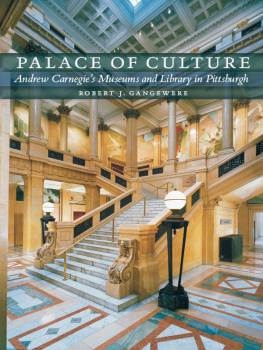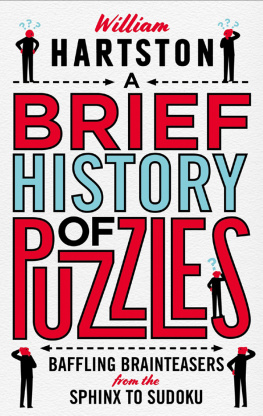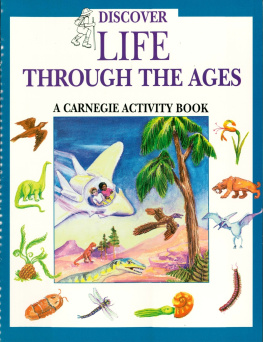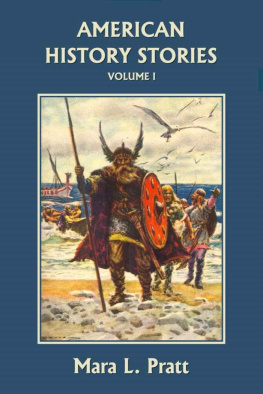Discover American Indian Ways
Answers inside back cover

Andrew, called Mr. Young.
Did you pack your outfit for the powwow?
I sure did, Dad. But I forgot my Walkman, Andrew answered as he ran back into the house.
Sarah chimed in, Ive got my photographs of Scout camp to show Grandma. Do you think she has pictures of herself when she was little?
Mrs. Young nodded as she closed the front door after Andrew. Mr. Young slammed the trunk closed, and the family excitedly took their places in their new convertible.
They were finally on their way!
The Familys Journey
Sarah and Andrew already know a lot about their American Indian heritage. They know their Cherokee creation story that tells how their tribal nation began, and they also know that most scientists believe that Christopher Columbus was not the first to discover the New World. These scholars believe that thousands of years earlier, people found a way to migrate, or move, into the New World. Gradually these people spread from the northwest part of the continent throughout North America. Eventually they settled in different areas, becoming many groups of people, including the Cherokee, Hopi, Lakota, Ojibwa, Onondaga, and Suquamish tribes. When Amerigo Vespucci, another explorer, met some of these people, he mistakenly called them Indians, because he thought he had landed in the country of India.
The various American Indian tribes developed different ways of living, depending on the land, weather, plants, and animals where they settled. Those who lived in the Northwest, for example, had plenty of trees to build houses and lots of fish to eat. The Native Americans in the Southwest had to find a way to grow crops in a dry, hot climate. The groups in the Plains, the Great Lakes, the Northeast, and the Southeast each faced other conditions and natural resources.
The Youngs plan to visit a tribal nation in each of these six regions to see how these groups live now and to learn a little about their past. You can discover where these nations are located by (1) unscrambling their names and (2) writing their names by their number on the map. (Psst. Youll find their names in heavy type above.)
Now find out how many miles the Youngs will travel. First, place a piece of paper right under the Mileage Key chart and copy the mileage lines on the edge of the paper. Then write the miles under the lines. Use your chart to measure the Youngs routes between each tribe, and write the miles on the Mileage Chart. Begin at no. 1 and measure the length of the arrows to no. 2. How many times does your chart fit along the arrows? After you measure the five routes and add the five numbers, you will discover how many miles the family will travel.

The A-mazing Suquamish Cycle
Mrs. Young volunteers at the Suquamish Museum, and the family stopped there to drop off a package. The Suquamish tribe is one of many Puget Sound Salish tribes. Today, many tribal members live throughout the United States. However, their homeland is the Port Madison Indian Reservation near Seattle.
Back in the 1800s, people of this Northwest Coast tribe lived very differently than they do today. Between November and March they lived in villages consisting of plank houses. These were long wooden houses used by several families. During the spring the Suquamish moved to temporary camps near rivers and forests. In the rivers they built wooden fences, called weirs, to trap salmon, their main food. As the fish collected at a weir, men could spear them easily. In the forests the men hunted deer, elk, beaver, and other animals, while the women and children gathered berries, plants, and shellfish. They preserved the extra food for use during the winter.
Here is a maze. It is March and the Suquamish are leaving their winter village for their forest camp. Help them find their fishing weir and a place among the tall cedars to build their summer houses. Along the paths you will find numbered letters. Write the letters on the numbered lines below to find out why the Suquamish moved in the spring and the fall.


Tree-mendous Woodworks
As the family drove through the forests of tall red cedar trees in Washington State, Mr. Young told the children that in earlier days cedar trees were vital to the Suquamish people.
Mrs. Young added, Theyre still important!
Youre right, Mr. Young continued. But in the past, like all American Indians in the Northwest, the Suquamish made many everyday things from the wood, bark, and roots of cedars. They collected cedar bark in the spring by pulling long strips from the trees. After they removed the outer layer, they beat the inner bark to soften it, so they could work with it.
Below are four objects that the Suquamish made from cedar trees. Guess how these items were used. If you need help, look at the modern objects at the bottom of the page.

Now unscramble the words below and find out what part of the cedar tree the objects above were made from. You will also discover other things the Suquamish made from this wonderful gift of nature.
Made from Wood
acneo _____________
ddpale _____________
owlb _____________
oospn _____________
rttael _____________
lswhiet _____________
ooml _____________
lucb _____________
kera (to catch fish)
______________
oolts ______________
uoseh ______________
Made from Inner Bark
ath ______________
peac ______________
tsrik ______________
pedair ______________
rstngi ______________
tskeba ______________
atm ______________
lpilwo ______________
lodl ______________
Made from Roots
skbtae ______________
You will find the following objects: |
basket (twice) |
bowl |
canoe | paddle |
cape | pillow |
club | rake |
doll | rattle |
diaper | skirt |
hat | spoon |
house | string |
loom | tools |
mat | whistle |


Many Tribal Nations















